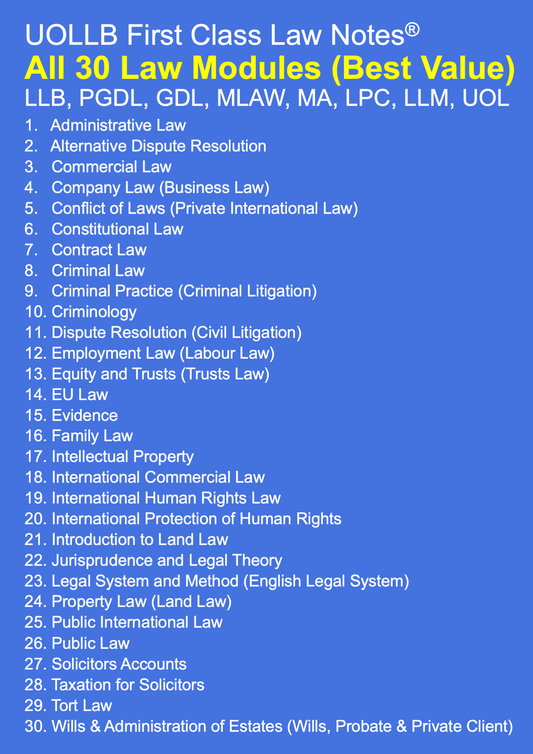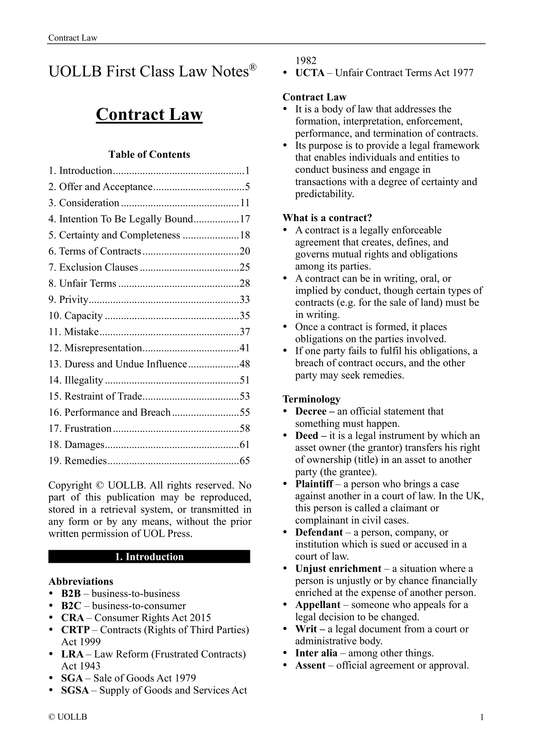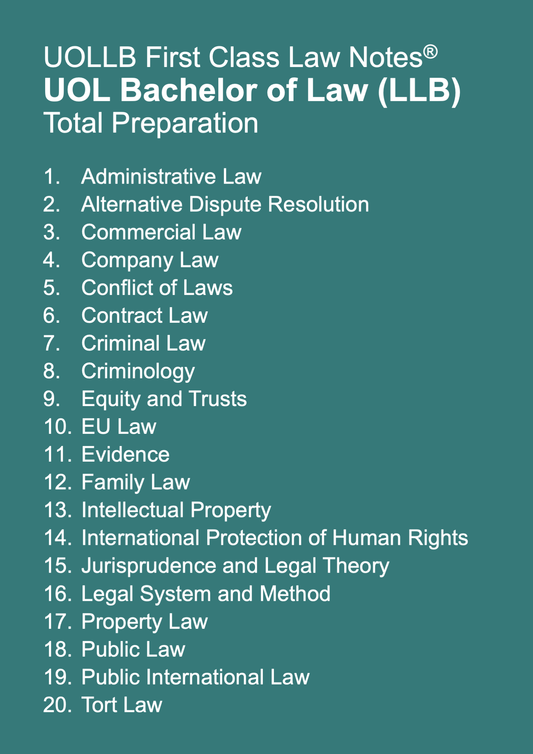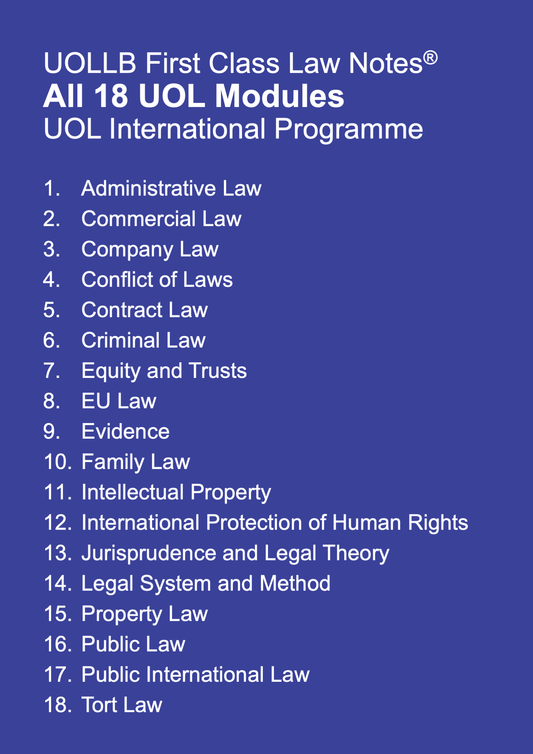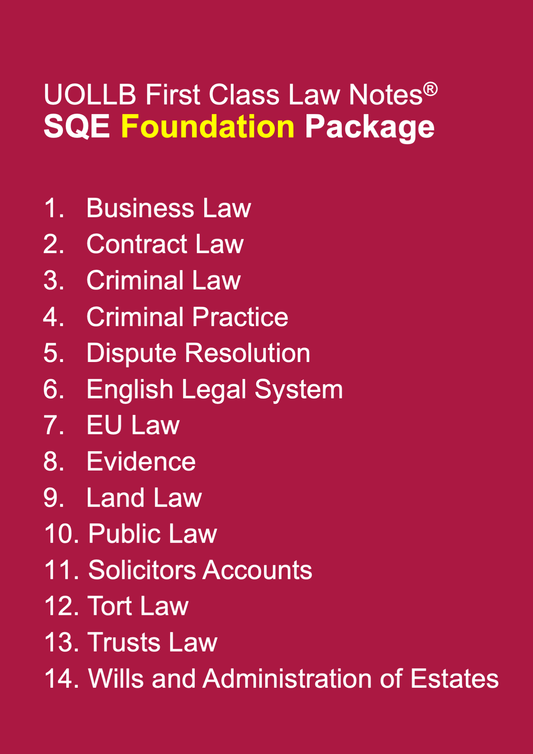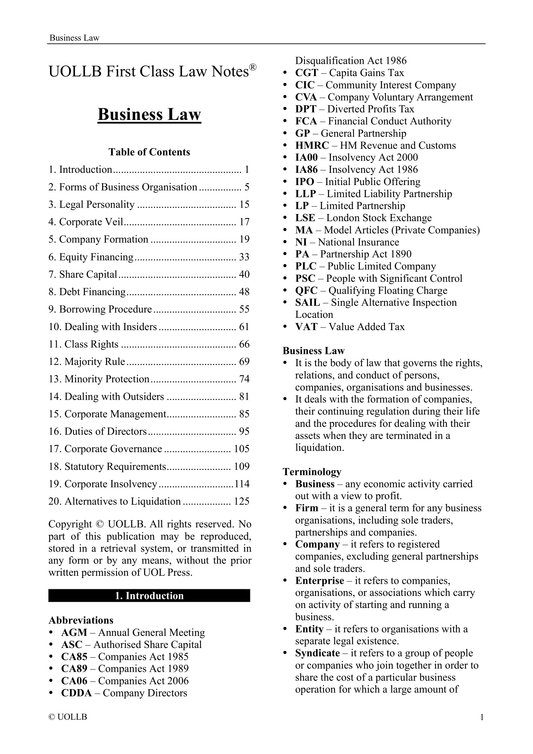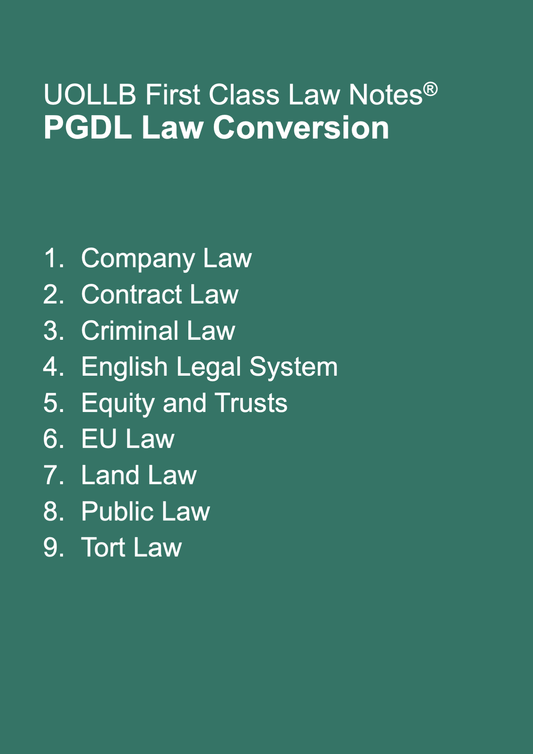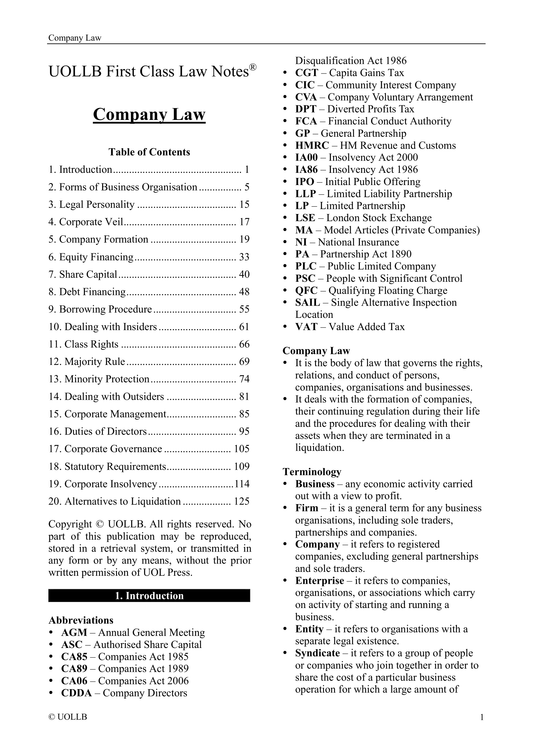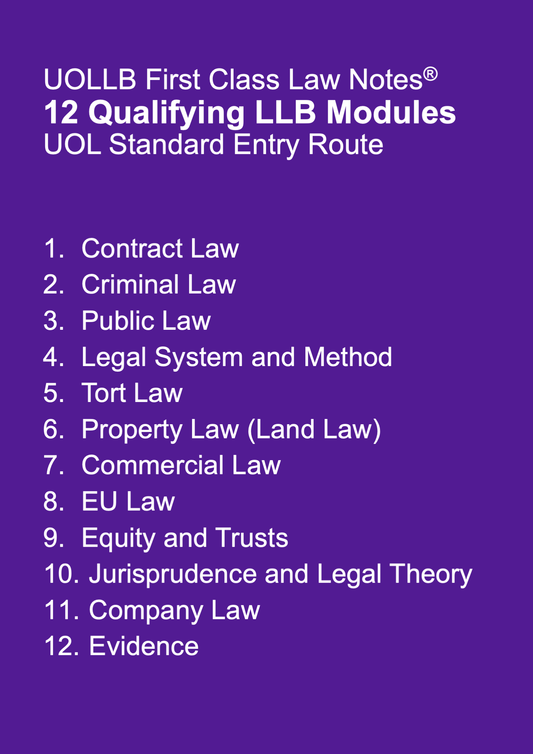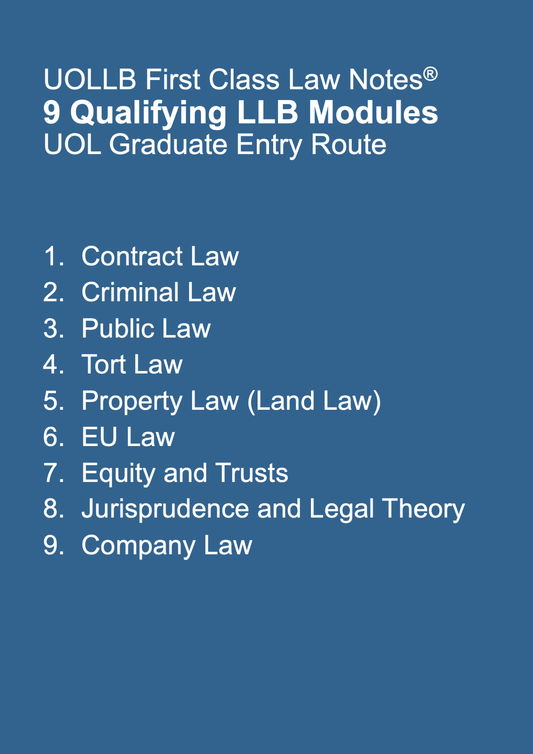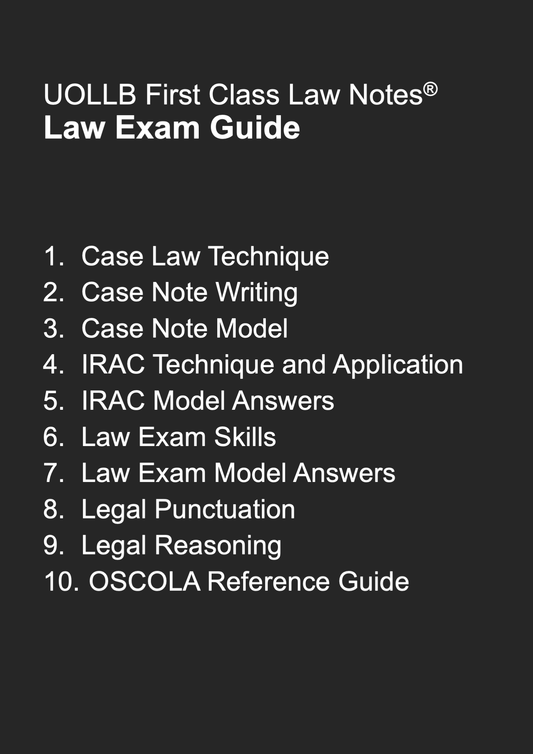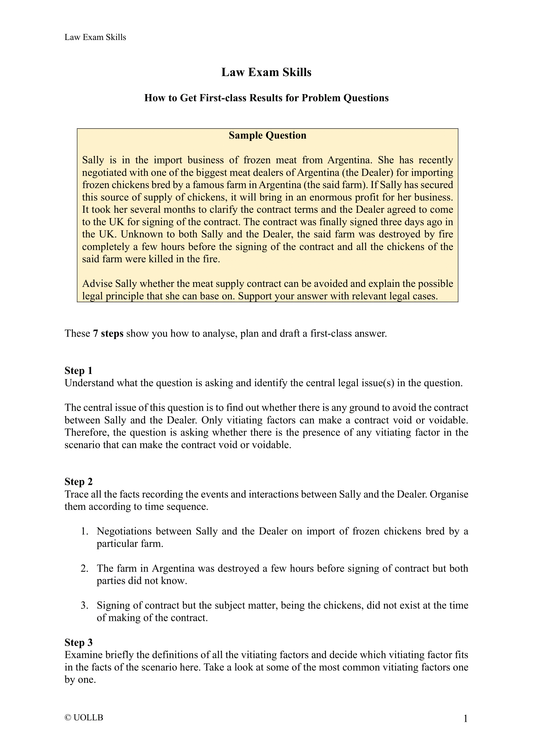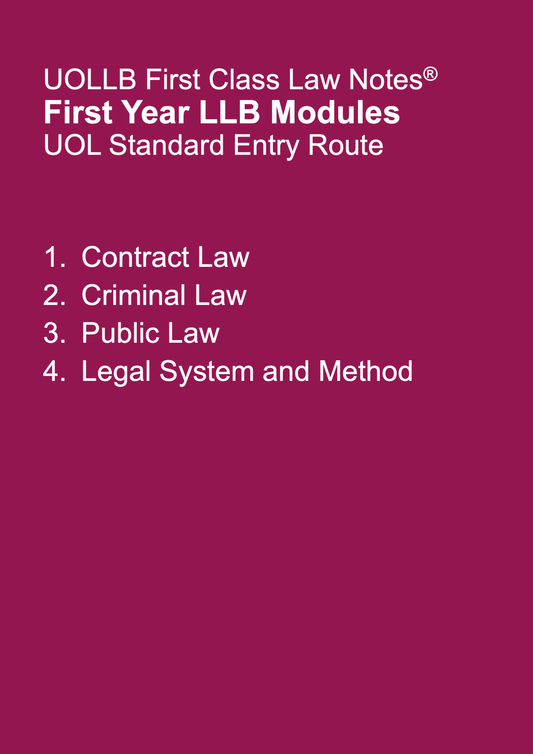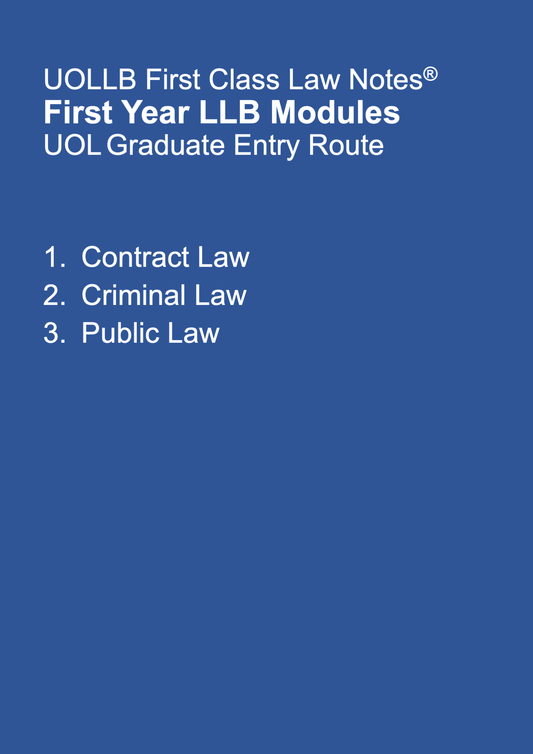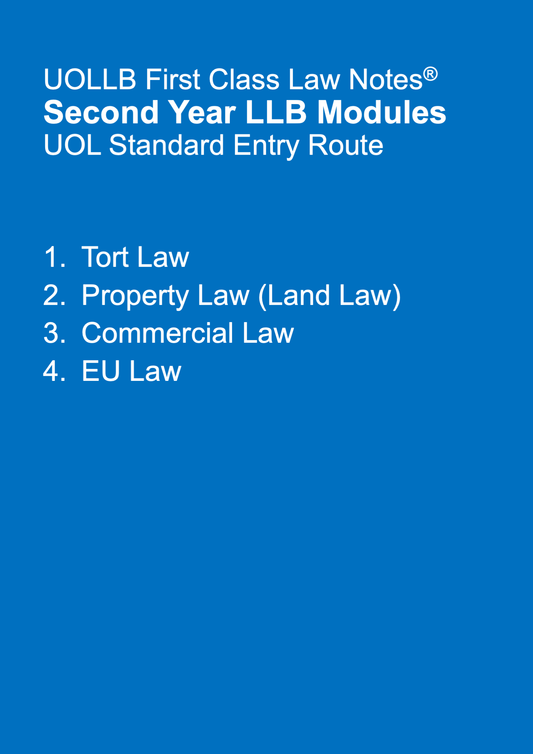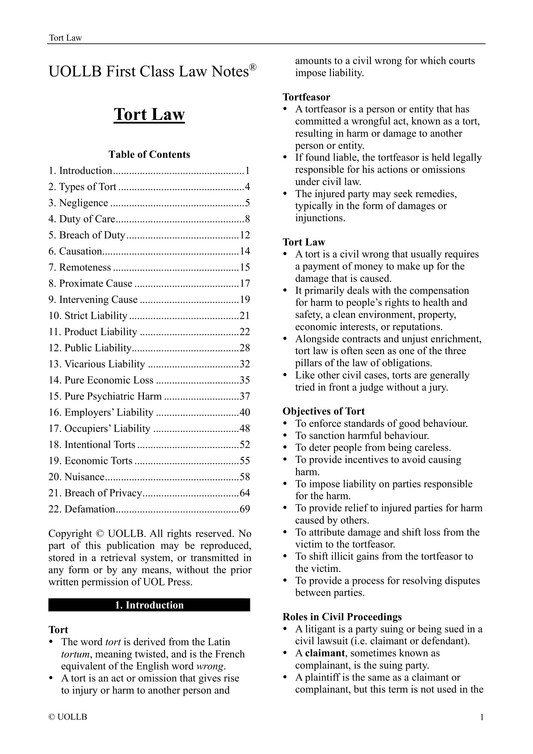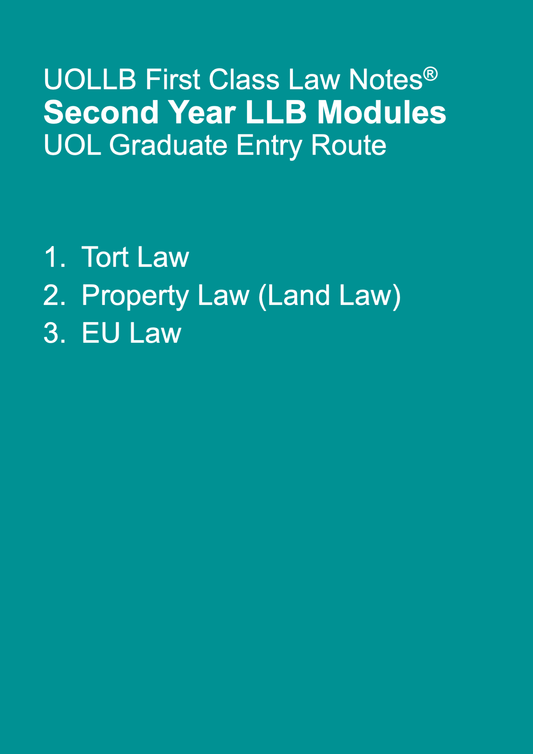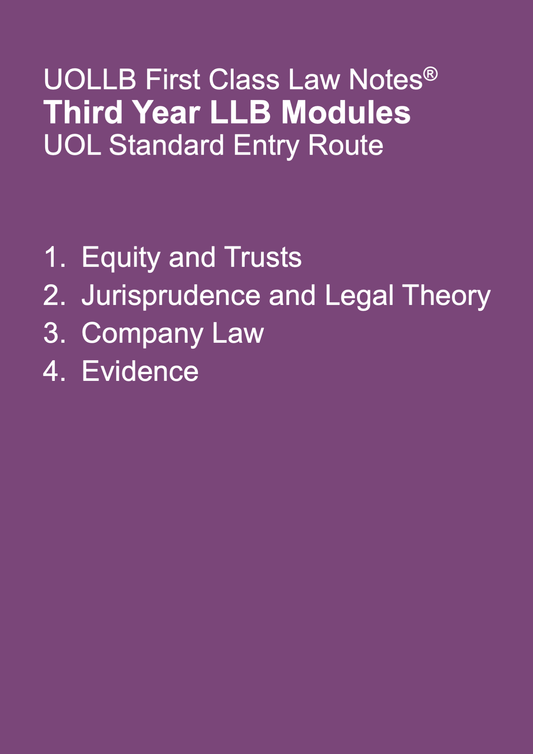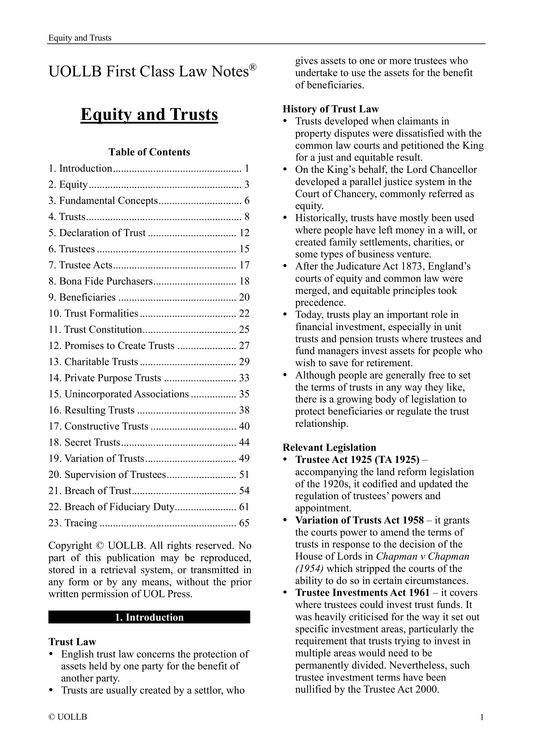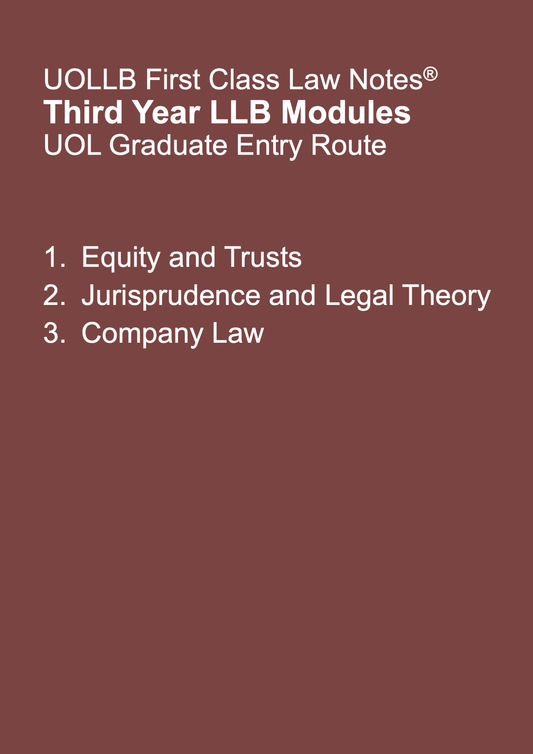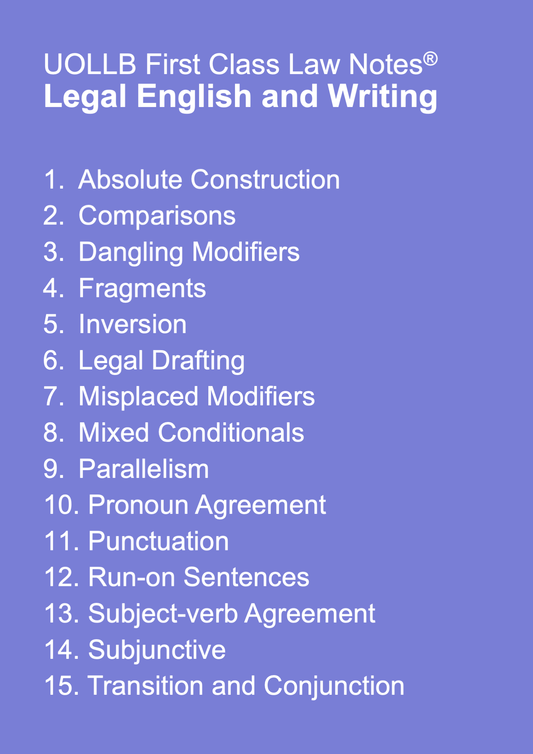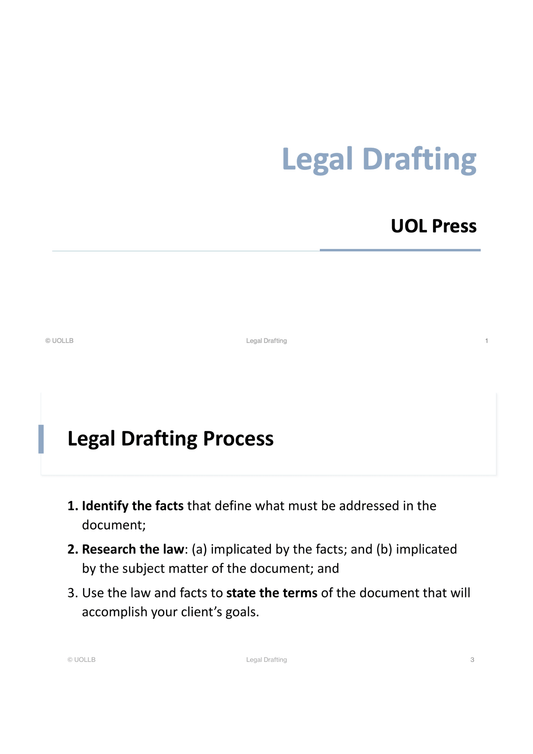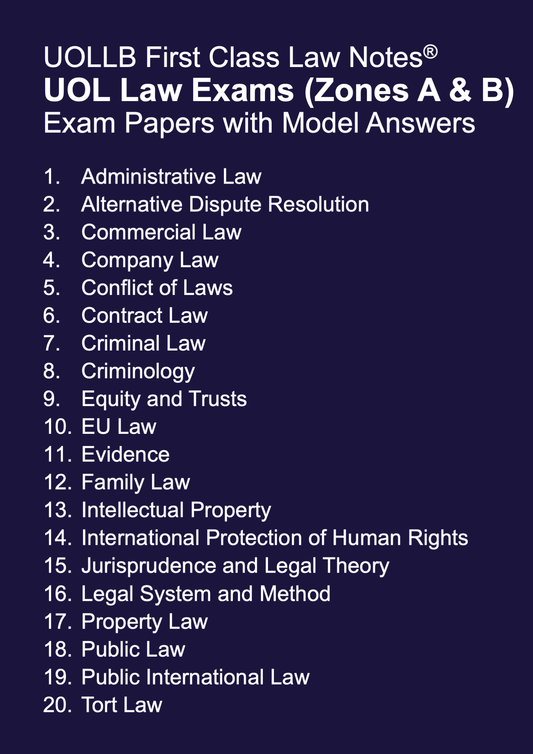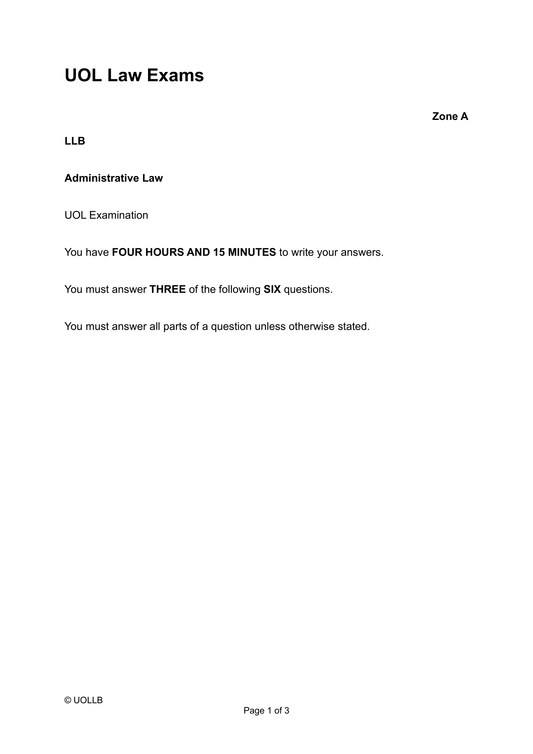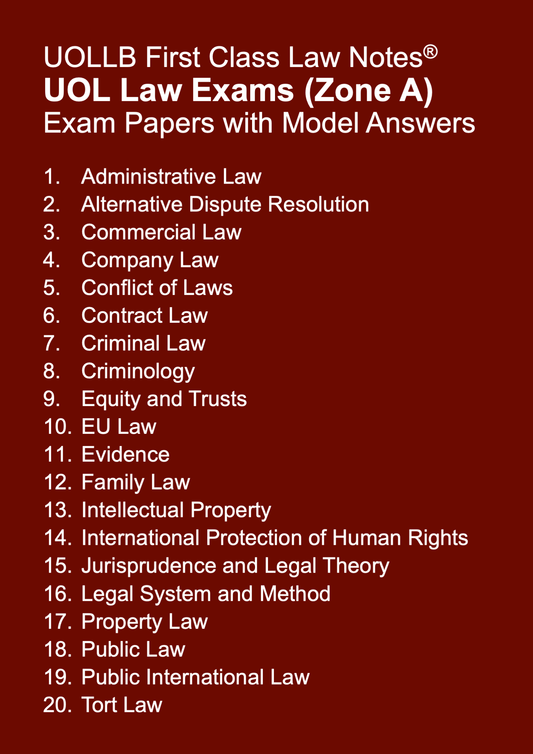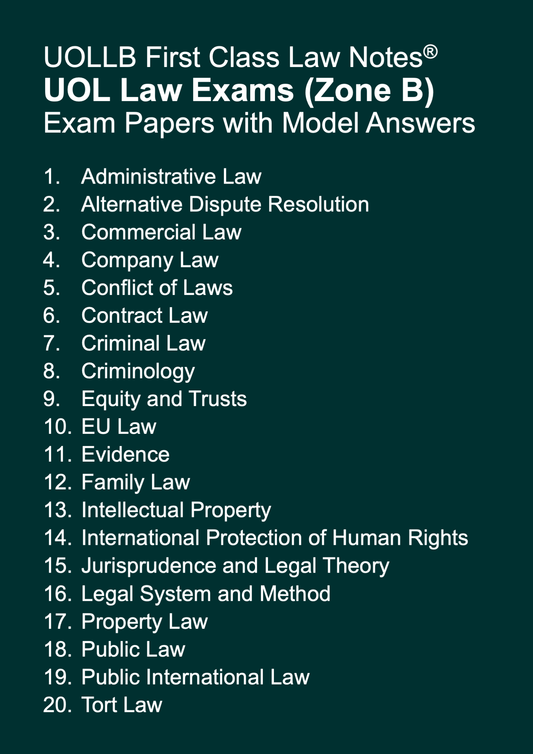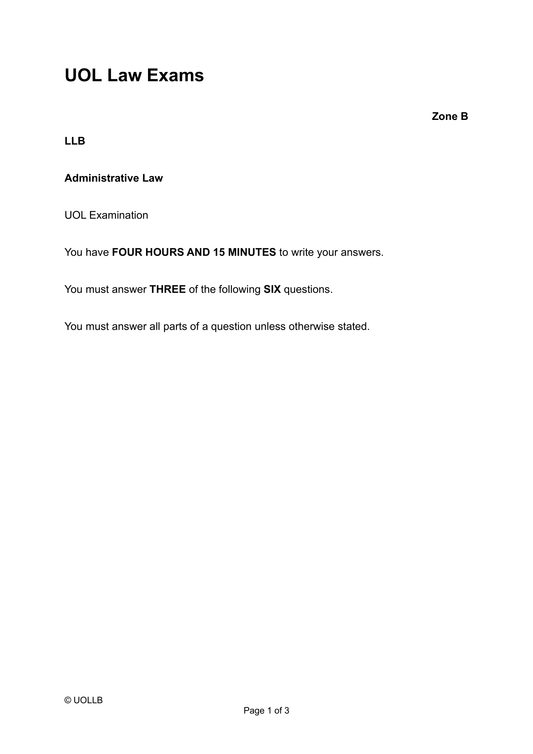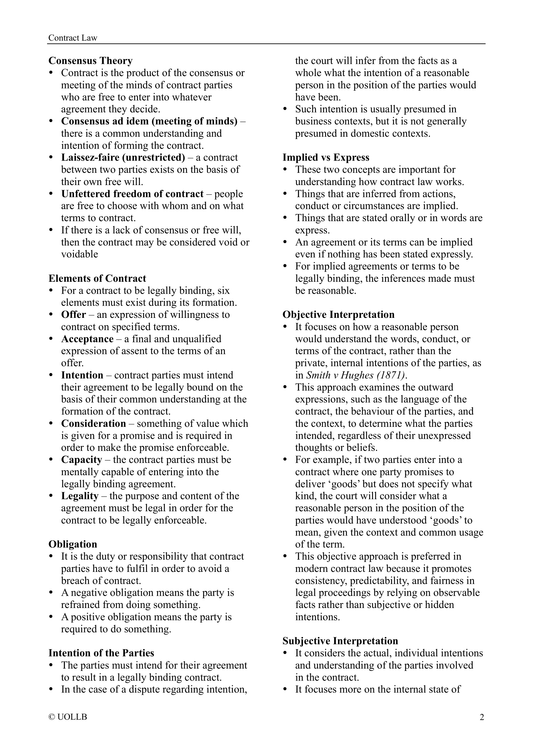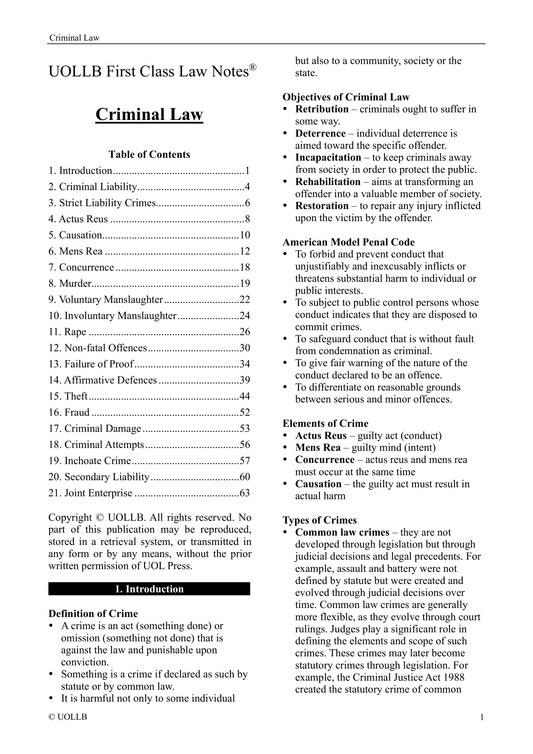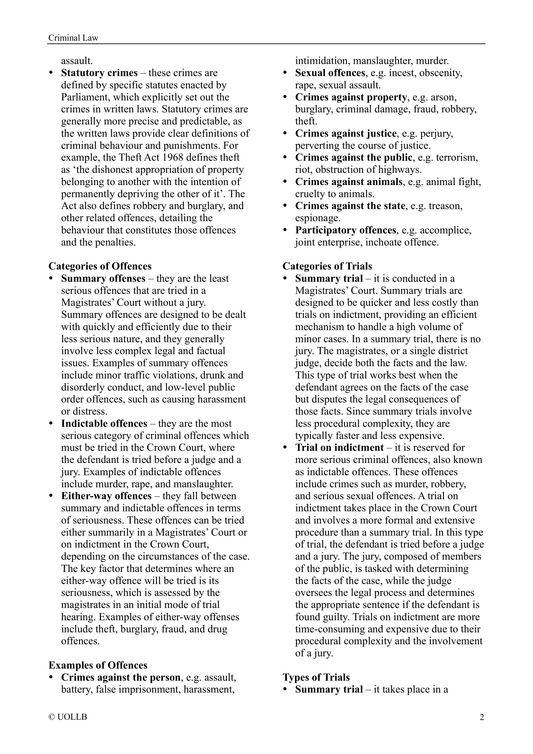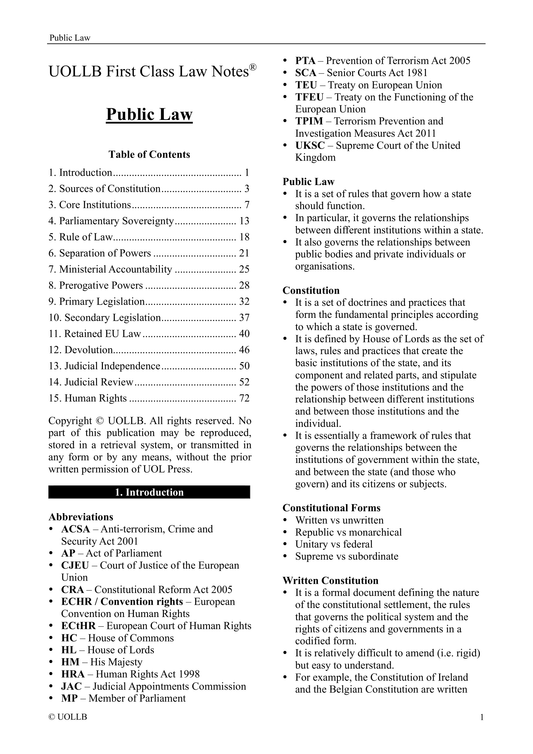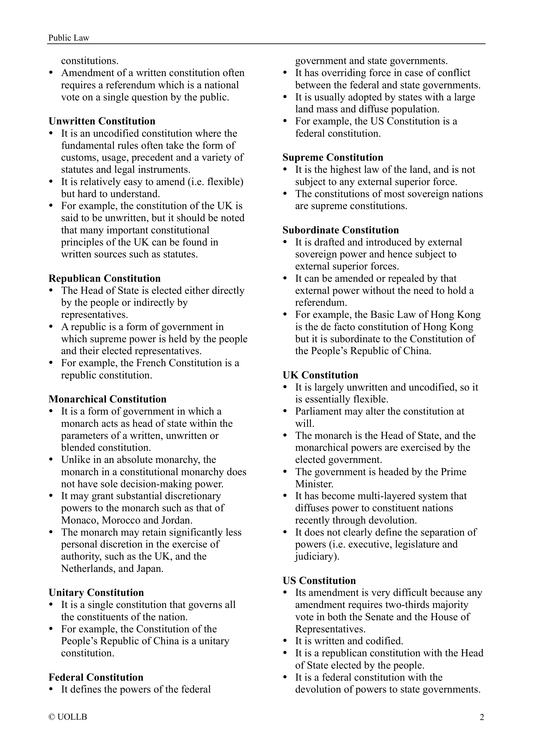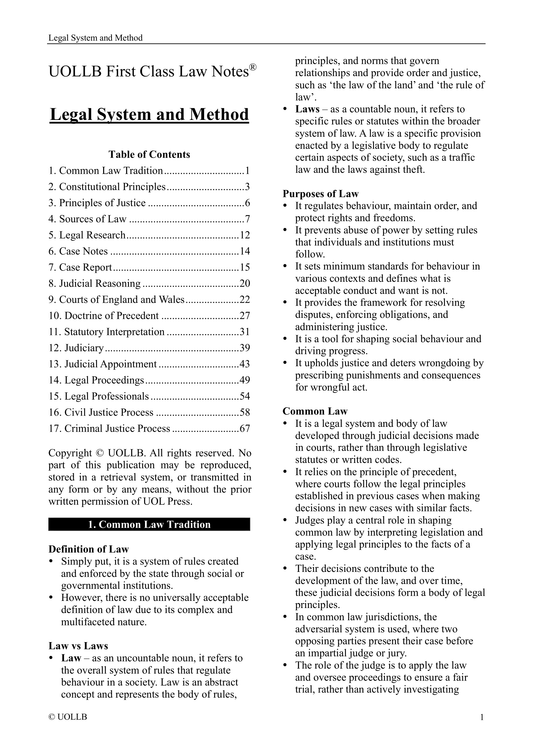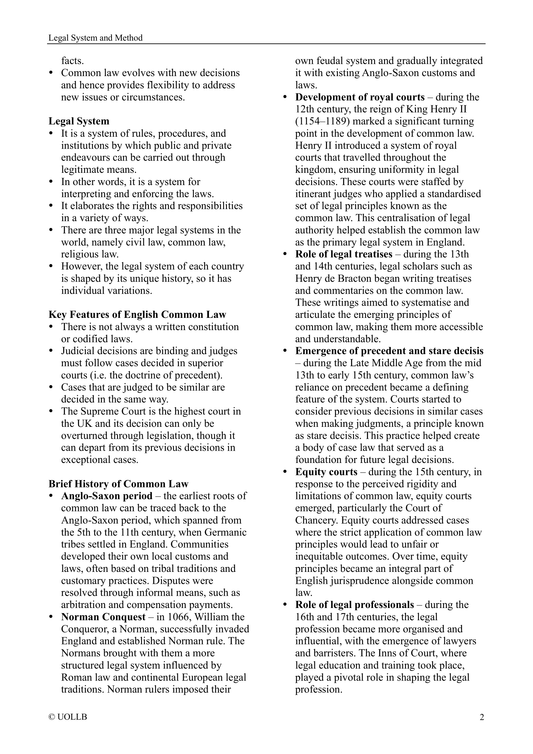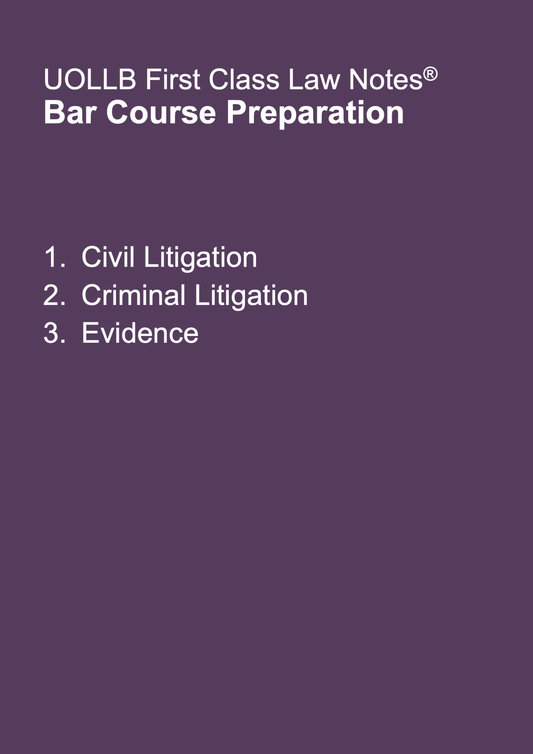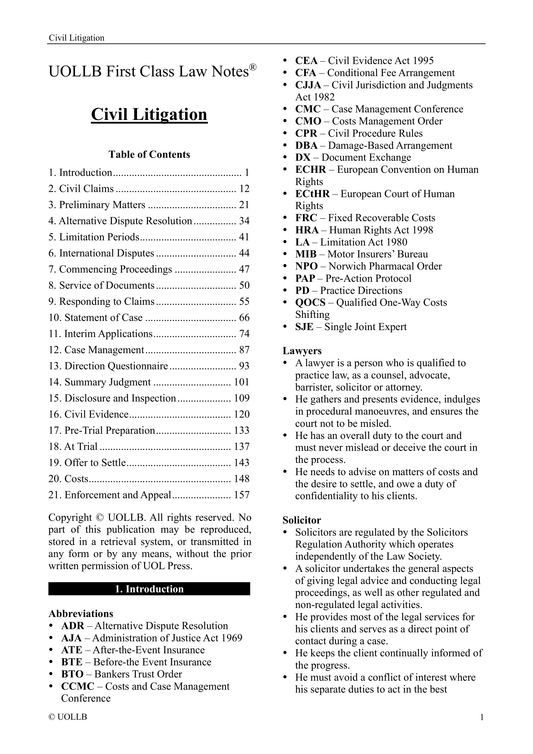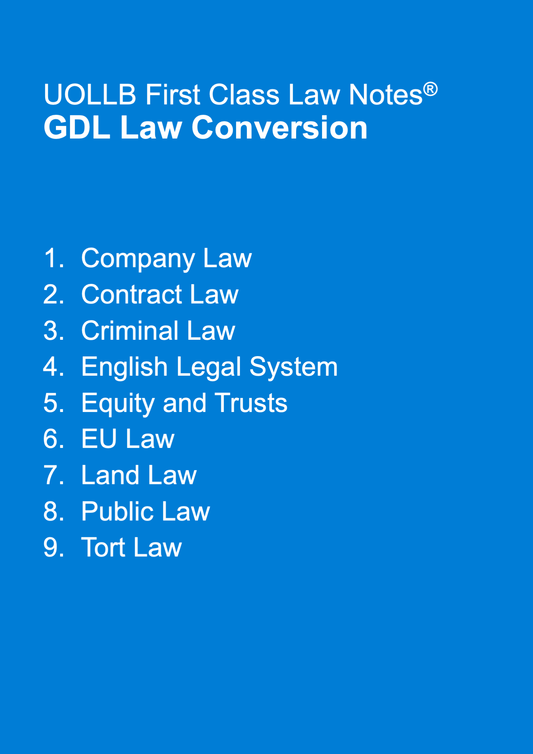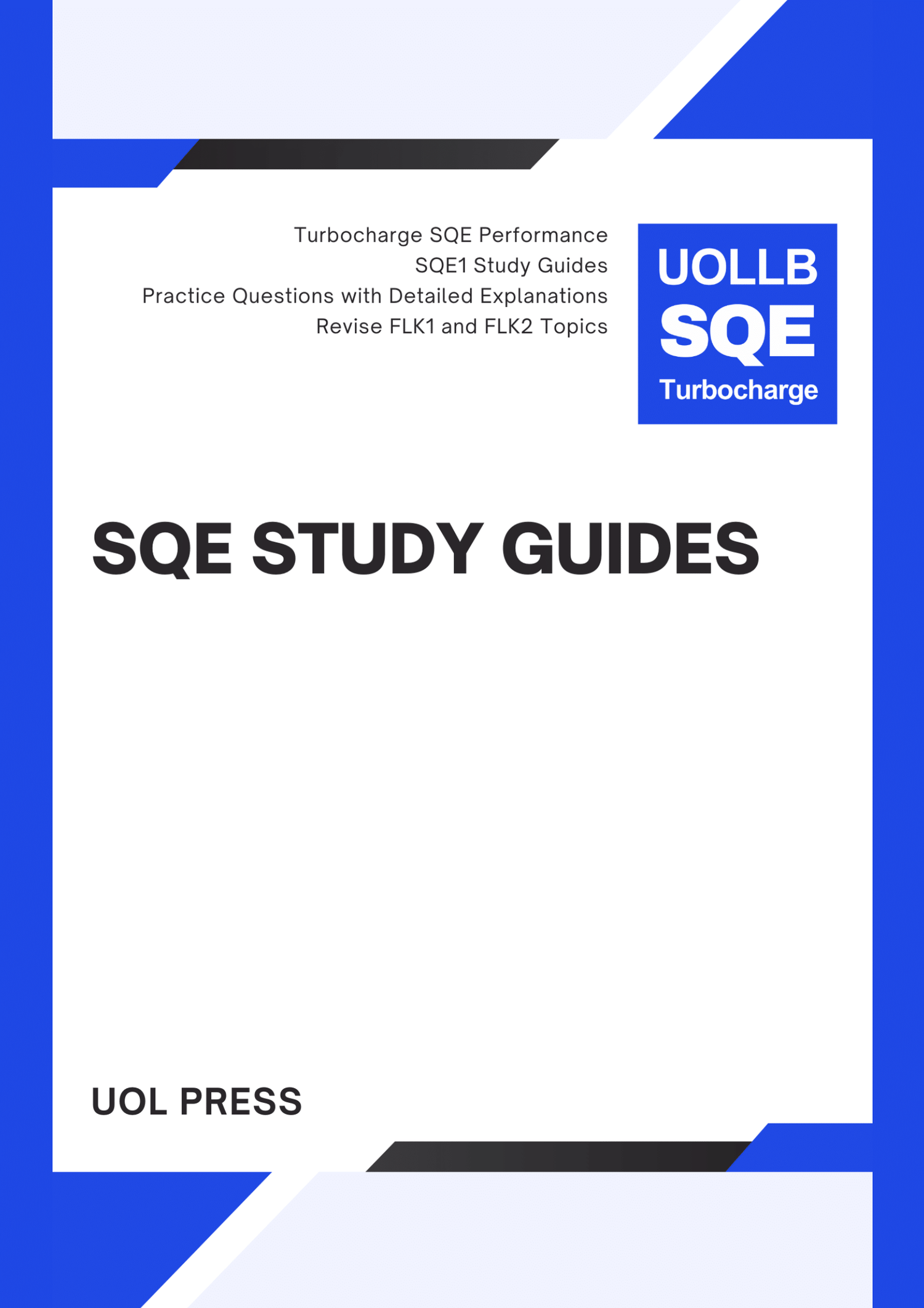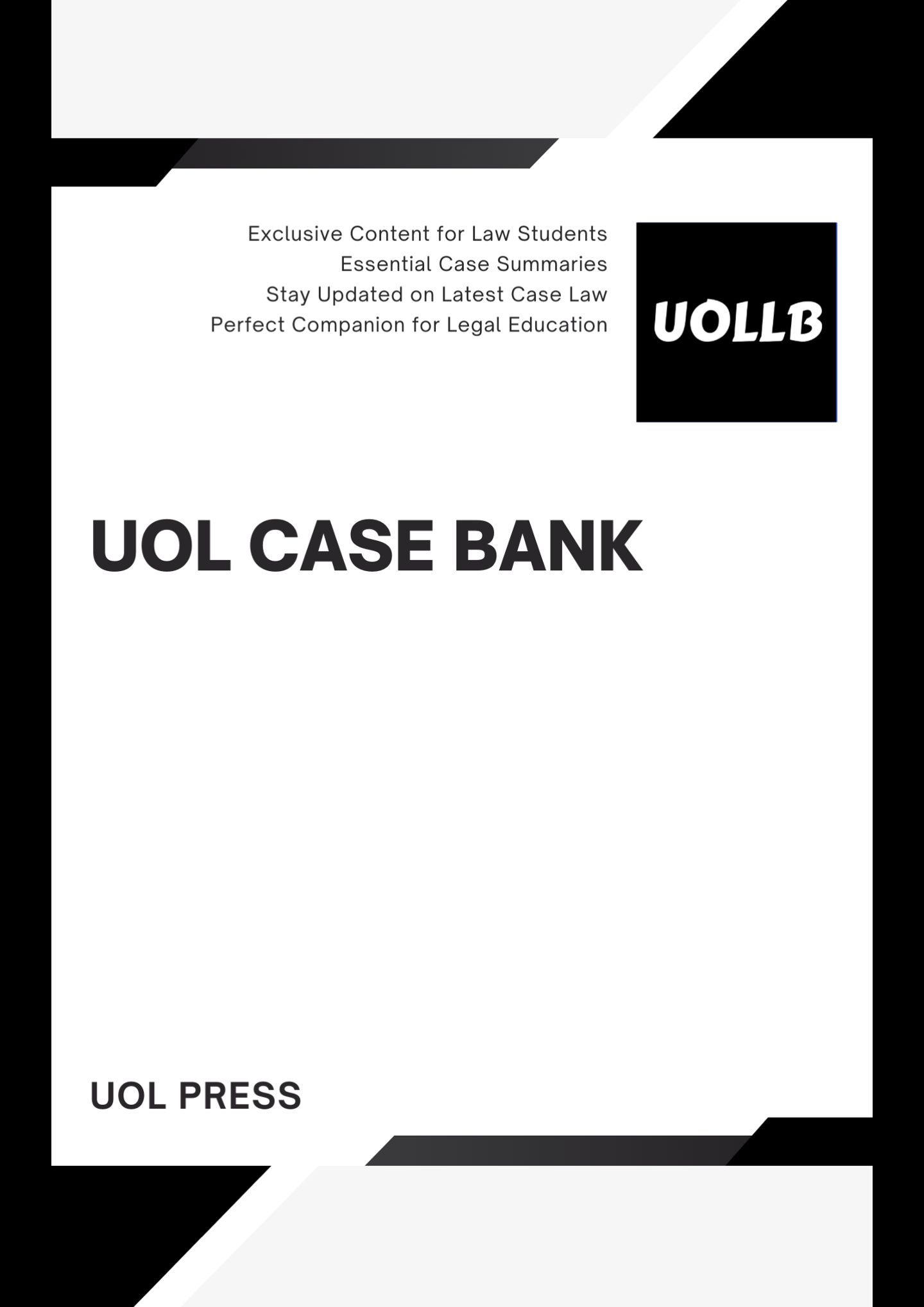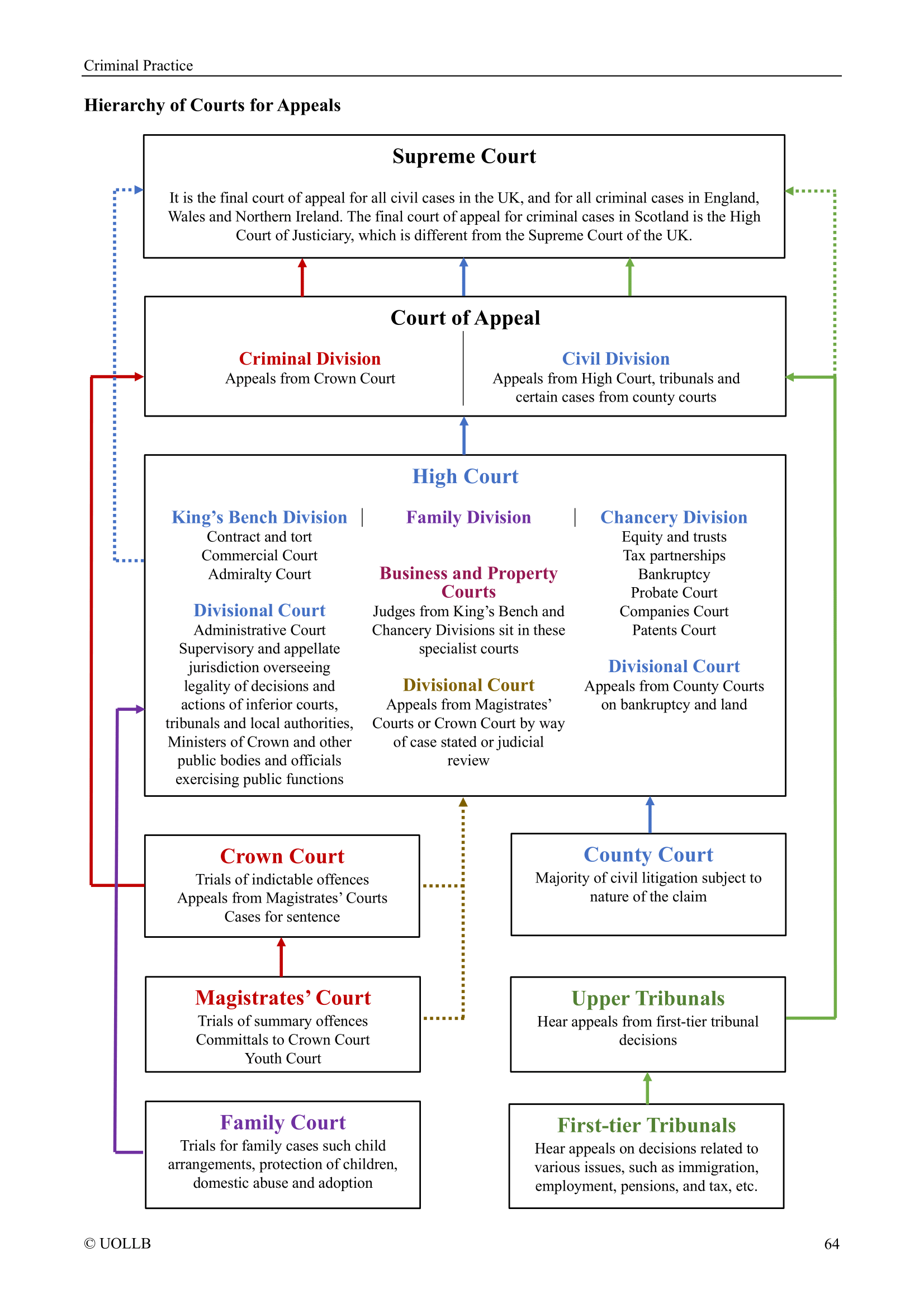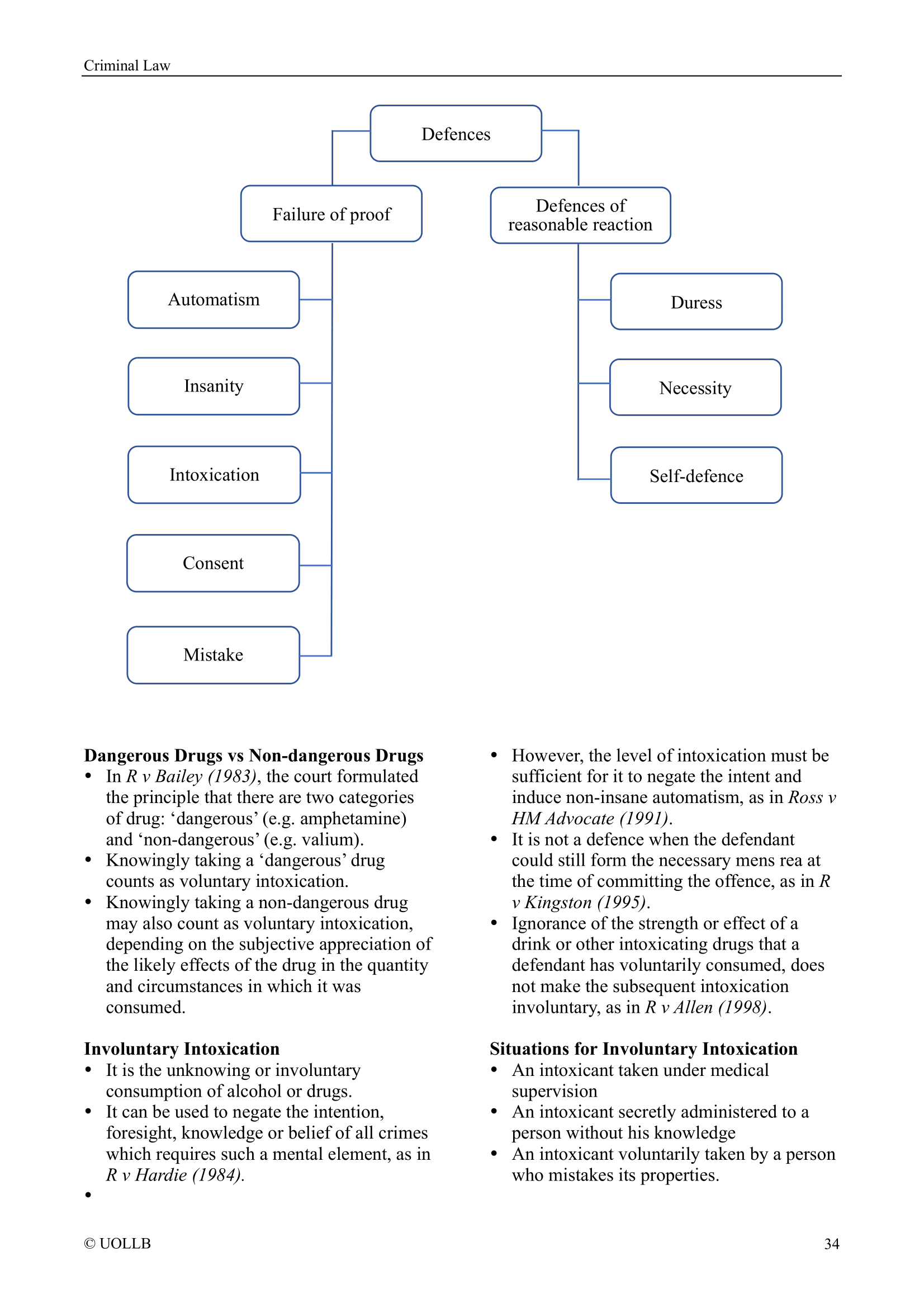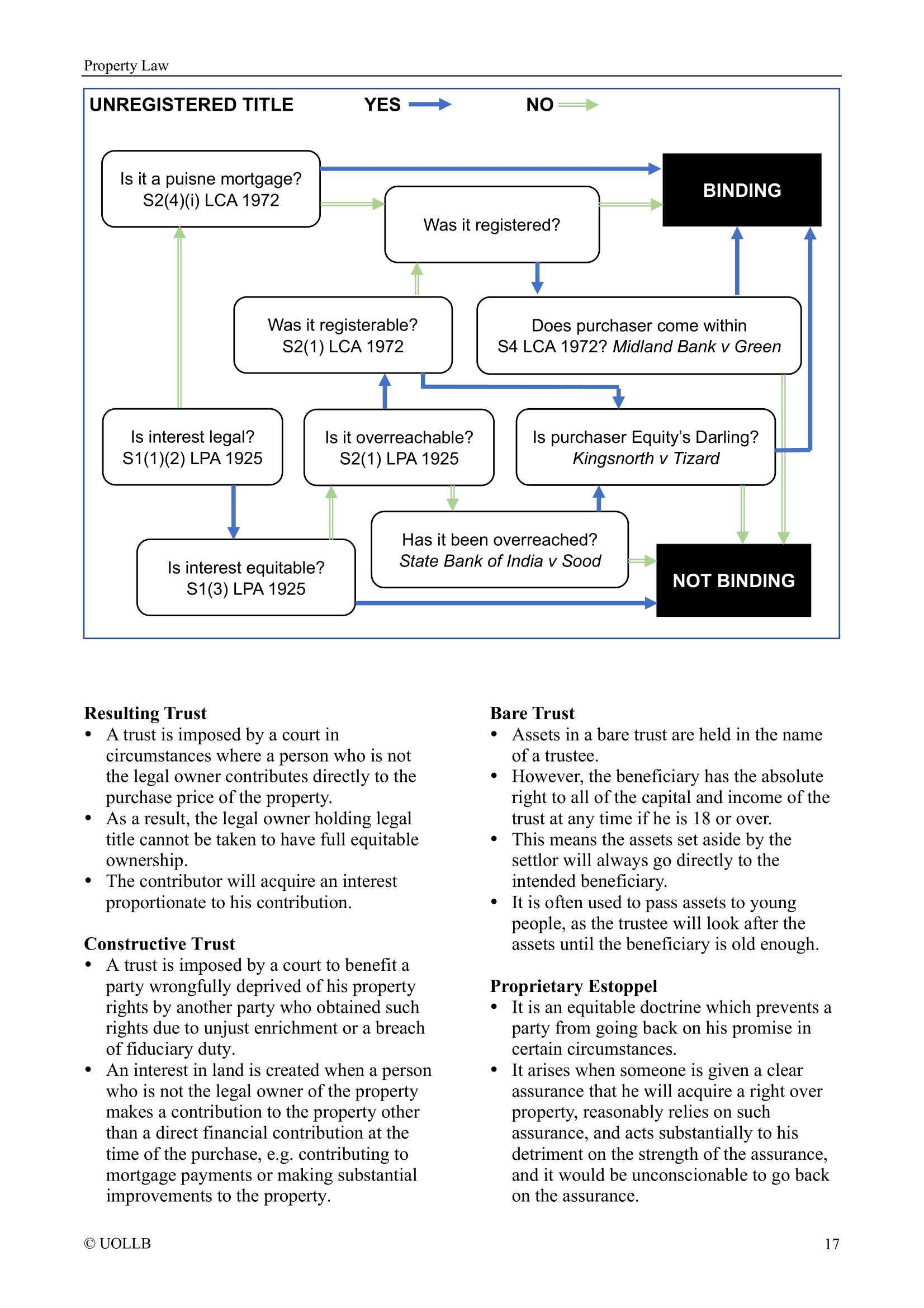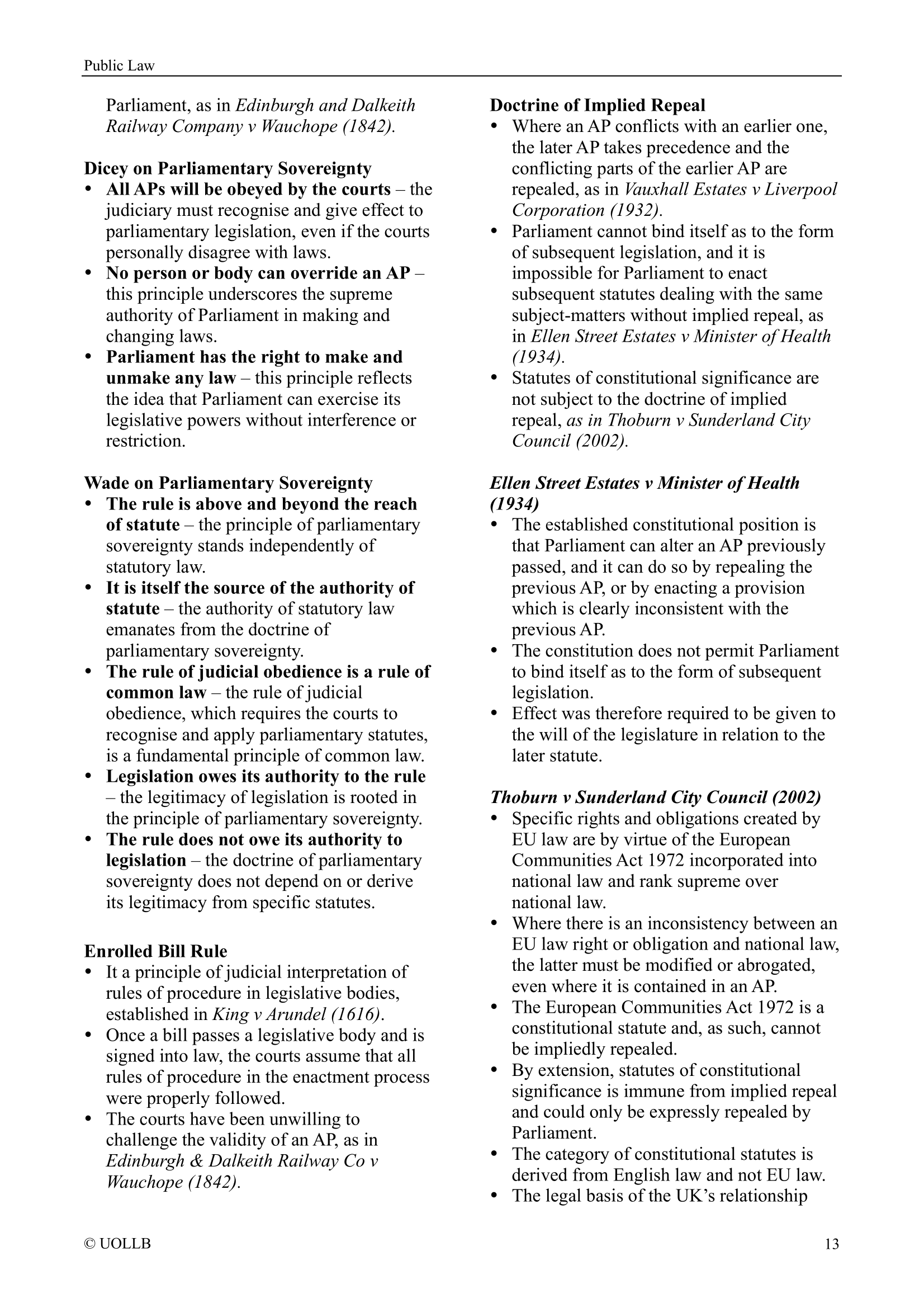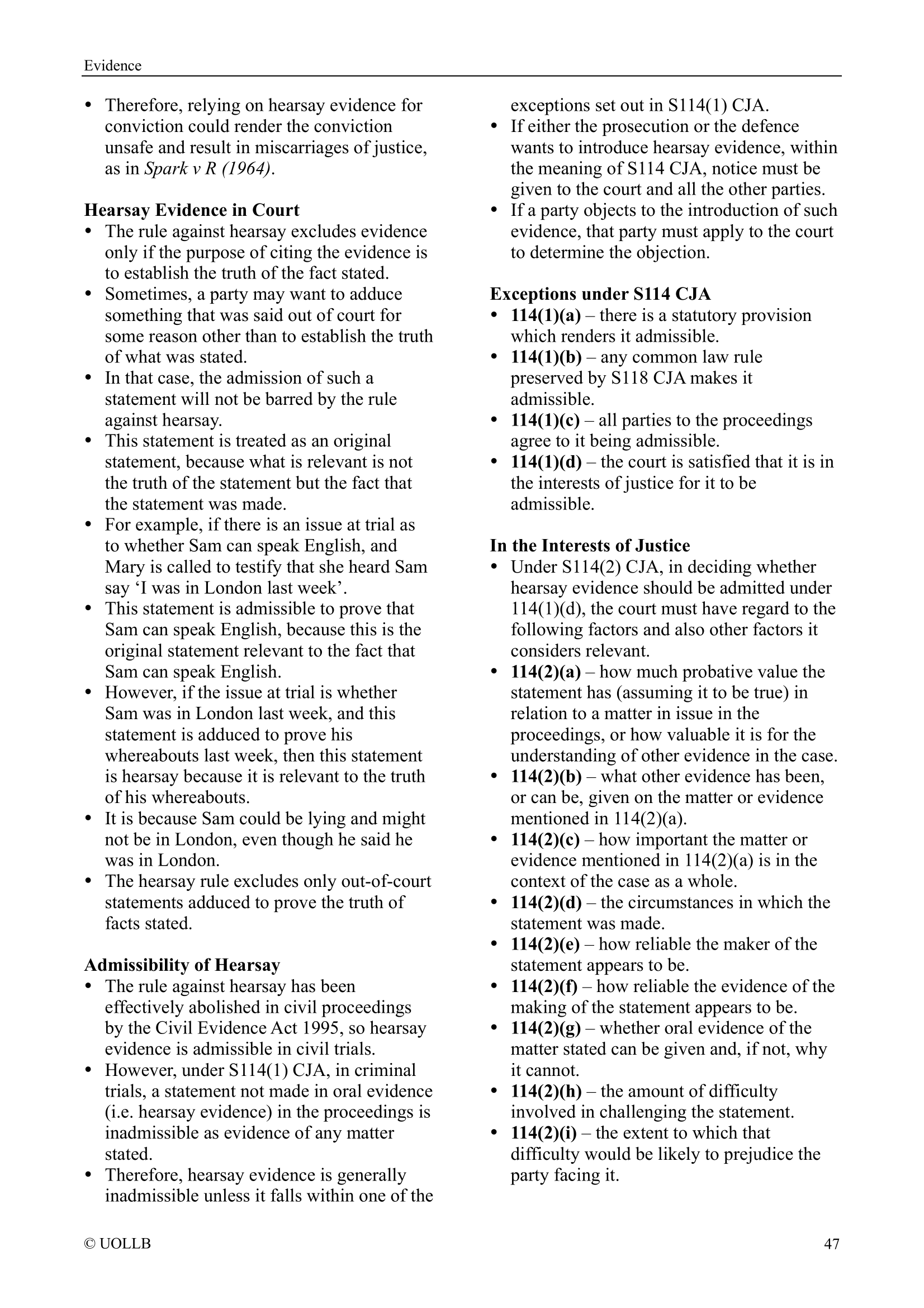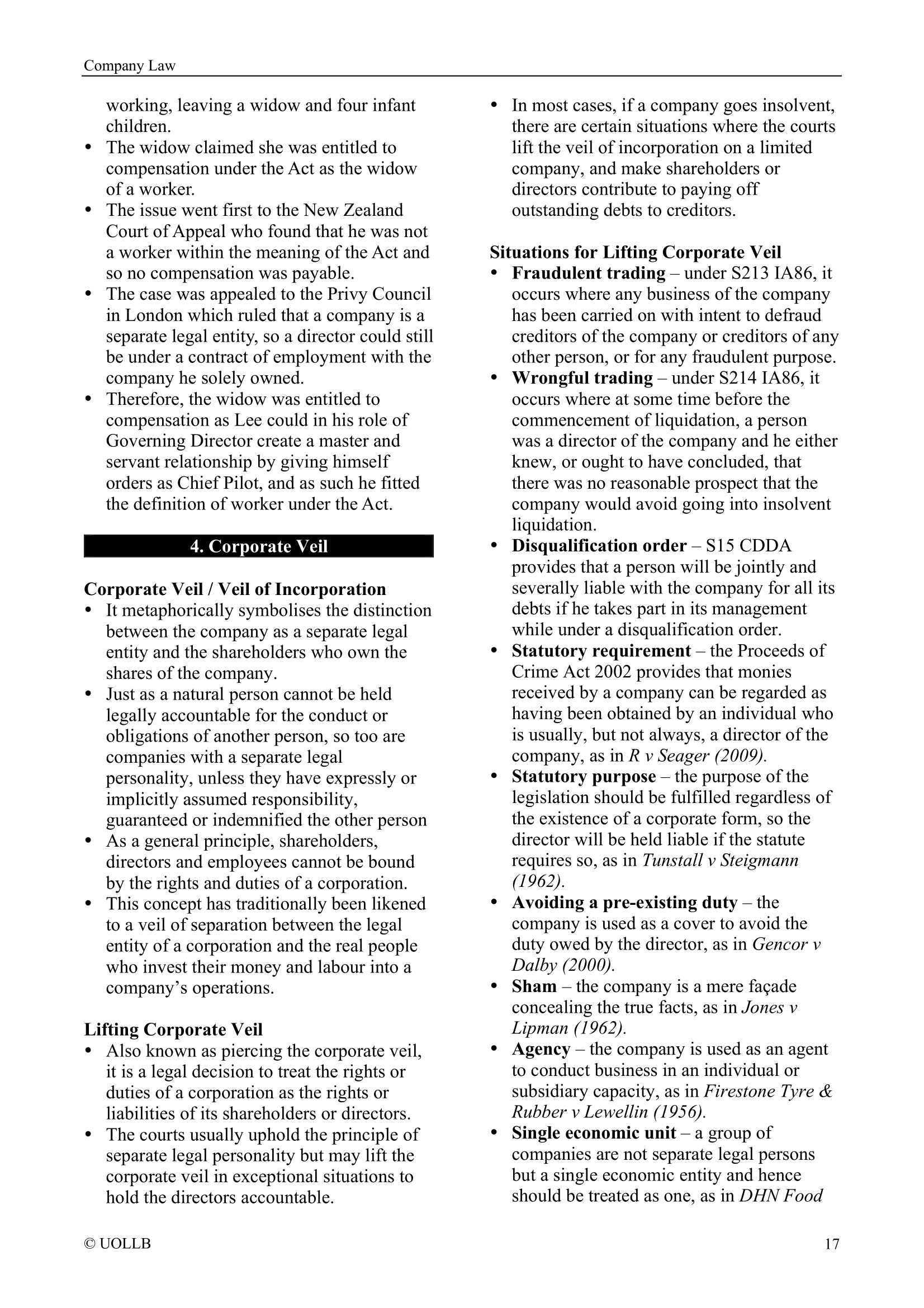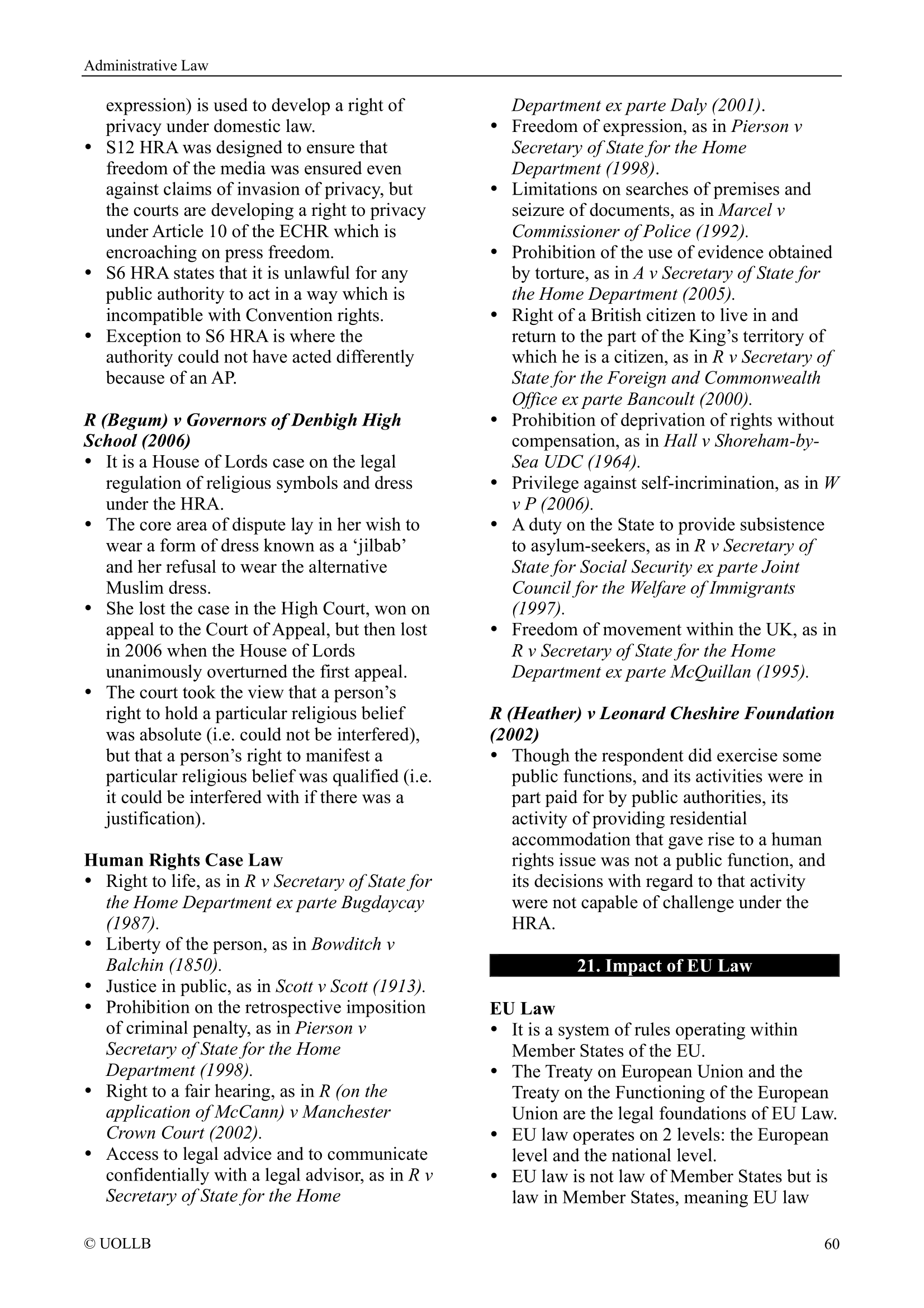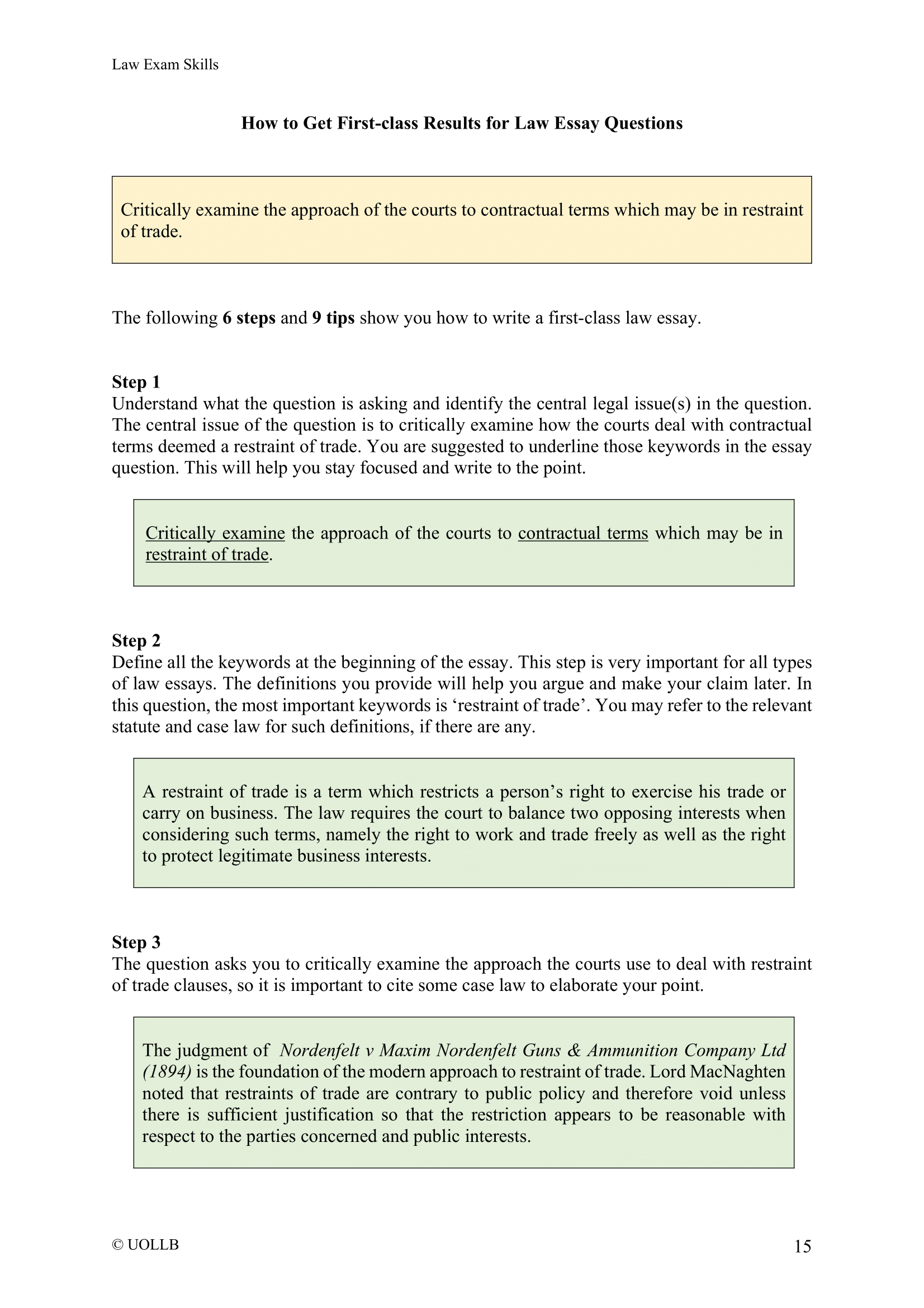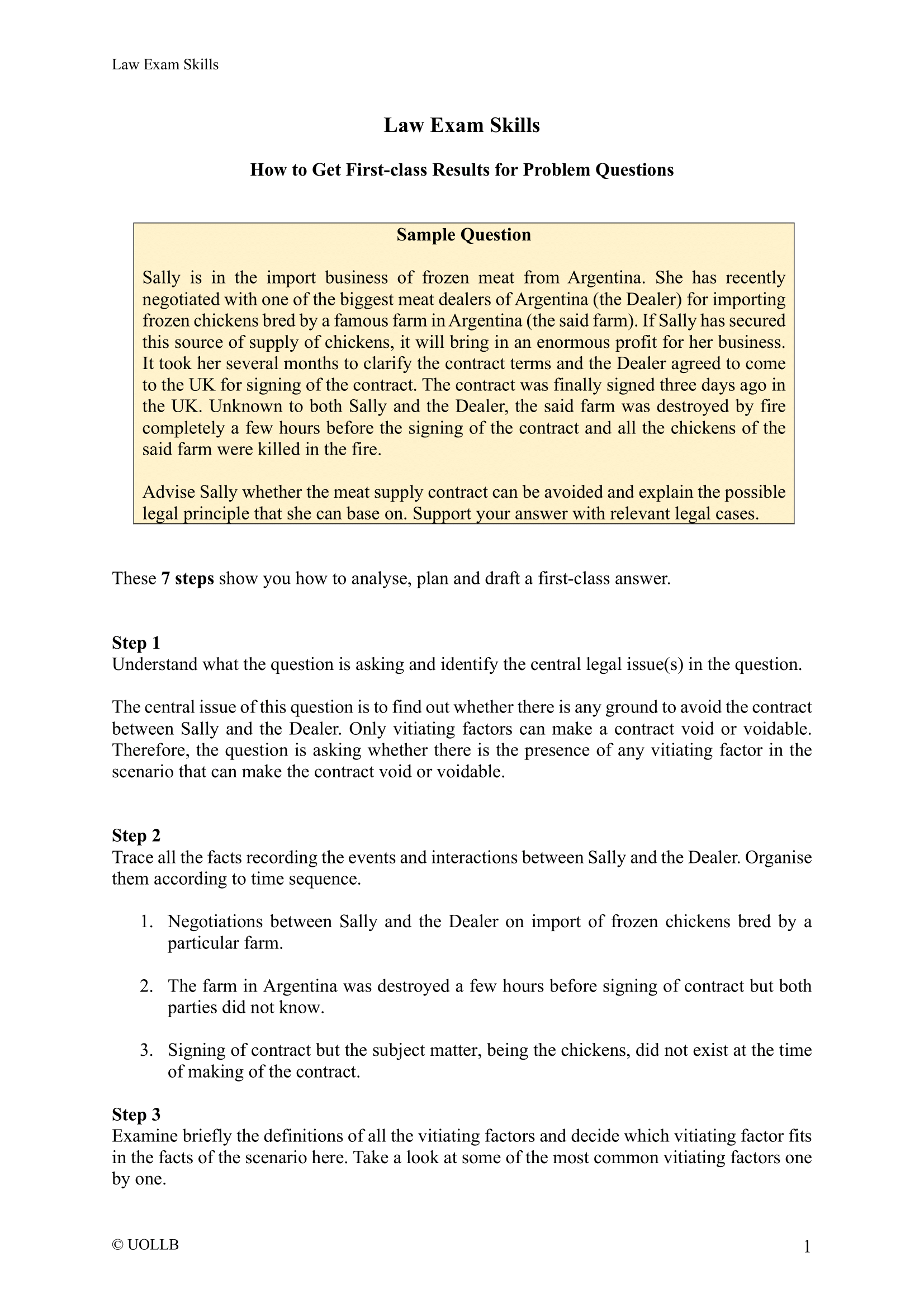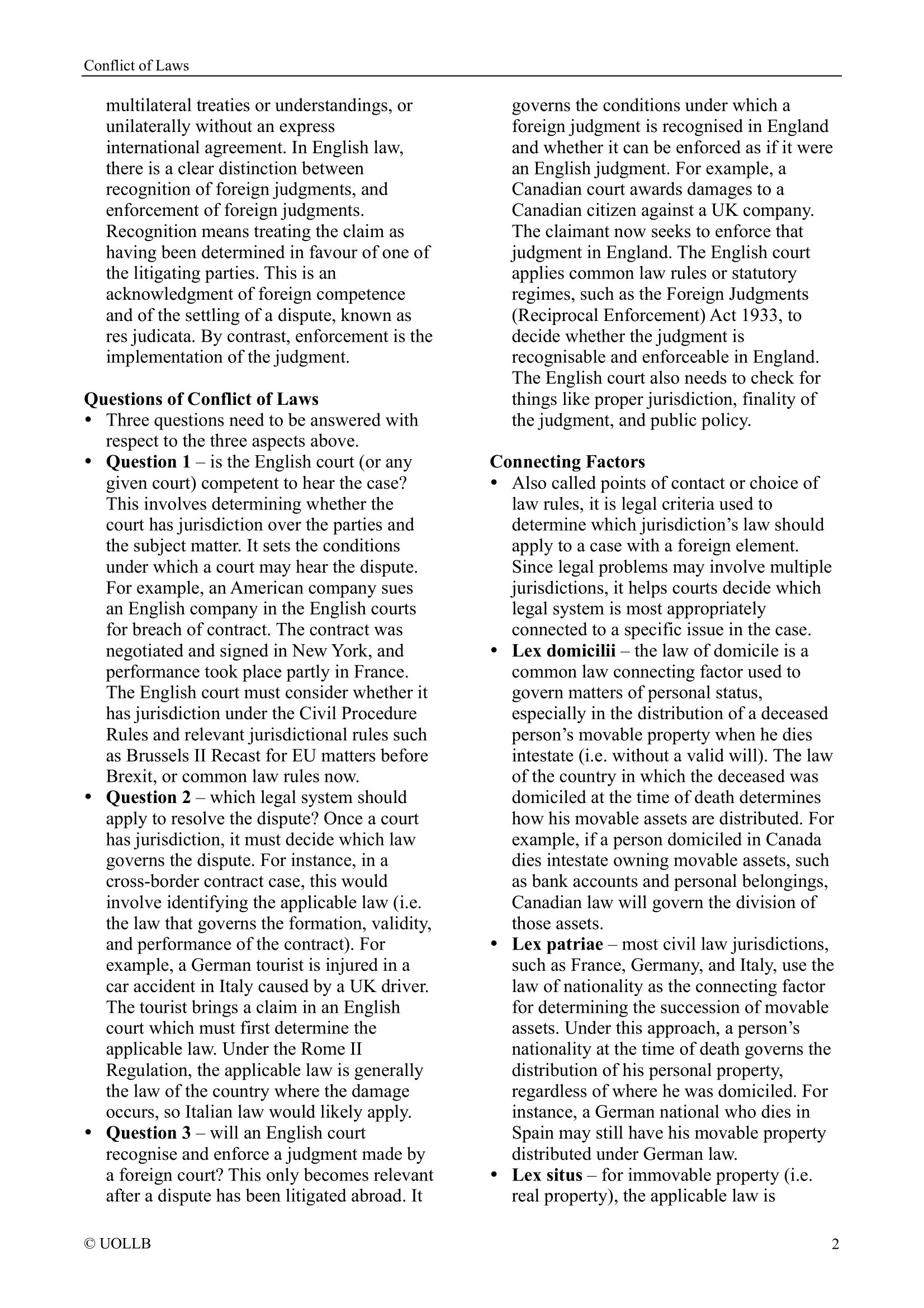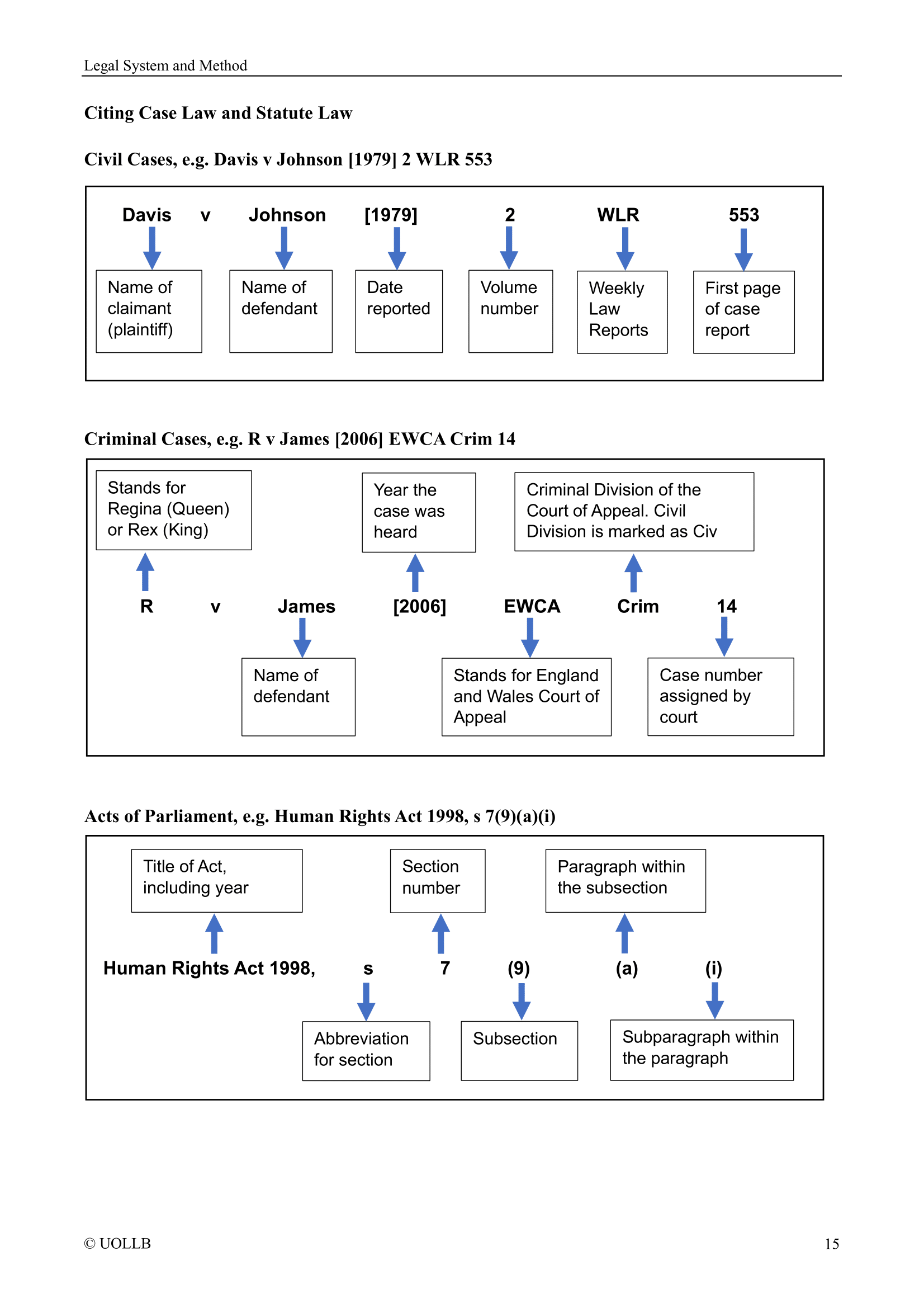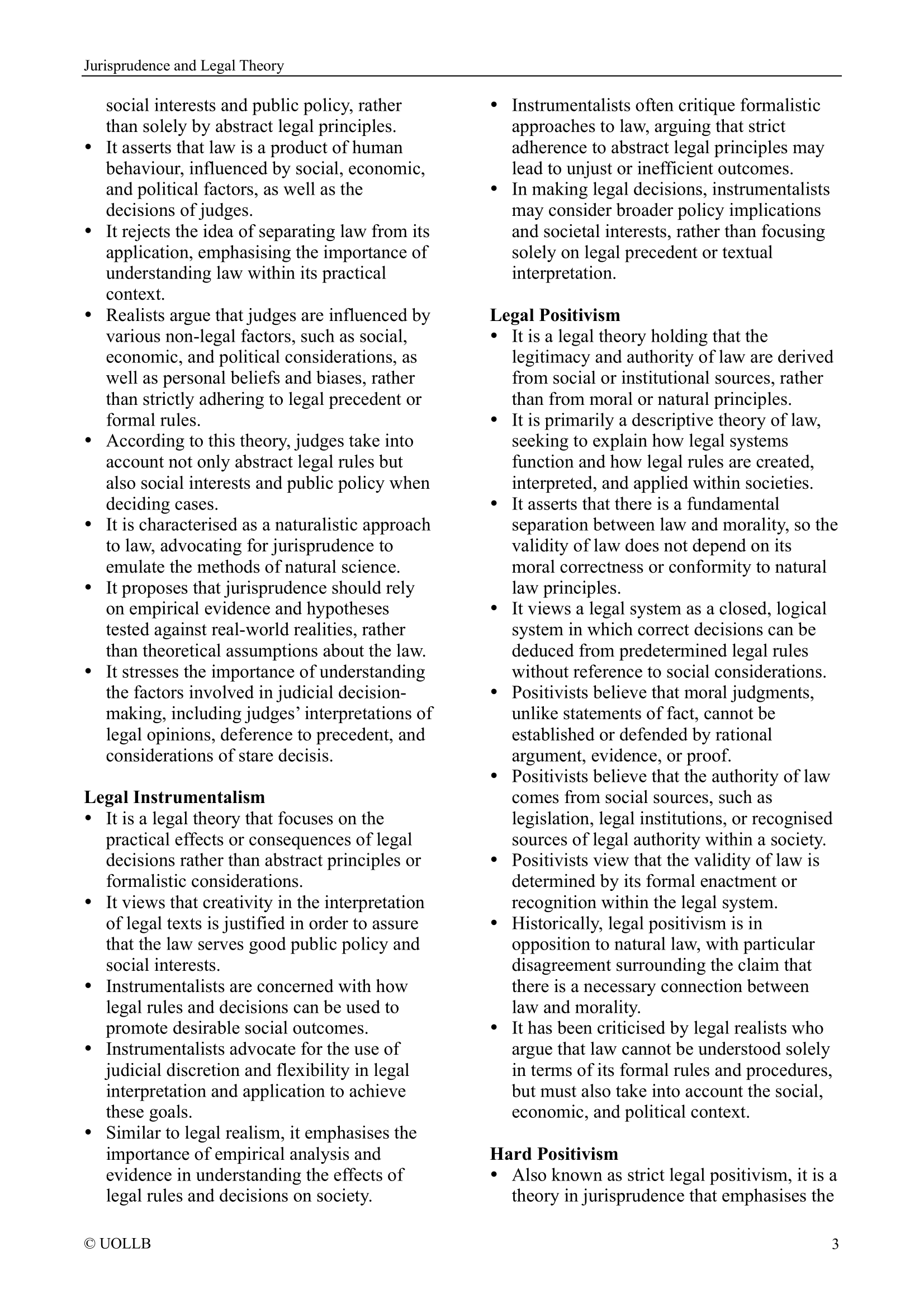Legal Writing Rules
Share
Legal writing is a distinctive and indispensable skill in the legal profession. Whether you are a seasoned attorney, a law student, or someone navigating the complexities of legal documents, adhering to specific rules is essential for clarity, precision, and persuasive communication. Here are our key rules to elevate your legal writing and make your written communication a powerful tool within the realm of the law.
Rule 1: Clarity Above All Else
Clarity reigns supreme in legal writing. A precise and unambiguous expression of ideas ensures that your message is easily understood by a diverse audience. Avoid convoluted sentence structures and complex language when simpler alternatives can convey the same meaning.
Rule 2: Know Your Audience
Tailor your writing to your audience. Whether addressing legal professionals, clients, or a lay audience, adjust your tone, terminology, and level of detail accordingly. A nuanced understanding of your audience enhances the effectiveness of your communication.
Rule 3: Master Legal Research
A strong foundation in legal research is fundamental to persuasive legal writing. Develop the skills to navigate legal databases, access authoritative sources, and integrate relevant precedents into your arguments. Well-researched content adds depth and credibility to your writing.
Rule 4: Construct a Clear Structure
Organise your writing with a clear and logical structure. Begin with an introduction that outlines the purpose and scope of your document. Follow this with well-organised sections that build a cohesive argument and conclude with a succinct summary or conclusion.
Rule 5: Craft a Strong Thesis Statement
Clearly articulate your main argument or thesis statement early in your writing. This serves as a roadmap for your reader, providing a central focus and guiding them through your analysis.
Rule 6: Engaging Introduction
Capture your reader's attention with a compelling introduction. Succinctly state the issues at hand and the central questions your document will address. An engaging introduction sets the tone for the rest of your writing.
Rule 7: Avoid Ambiguity
Eliminate ambiguity in your writing. Precise language is paramount in legal documents, as ambiguous terms or phrases can lead to misinterpretation and weaken the persuasive impact of your arguments.
Rule 8: Use Headings and Subheadings Effectively
Organise your content using clear headings and subheadings. This not only enhances the visual appeal of your document but also helps your reader navigate through complex information with ease.
Rule 9: Maintain Logical Flow
Ensure a logical flow of ideas throughout your writing. Each paragraph should build upon the previous one, guiding your reader through a seamless and cohesive argument.
Rule 10: Support with Credible Evidence
Back your assertions with solid evidence. Cite relevant statutes, cases, and legal authorities to bolster the credibility of your arguments. Well-supported arguments contribute to the persuasiveness of your writing.
Rule 11: Balance Detail and Brevity
Strike a balance between providing enough detail to support your arguments and maintaining brevity to keep your writing concise. Avoid unnecessary repetition and verbose language.
Rule 12: Utilise Active Voice
Prefer the active voice over the passive voice. Active voice contributes to direct and clear communication, making your writing more engaging and impactful.
Rule 13: Edit and Revise Thoroughly
Take the time to edit and revise your work. Eliminate unnecessary words, correct grammatical errors, and refine your writing for clarity and precision. Thorough editing is a hallmark of professional legal writing.
Rule 14: Proofread with Care
Thoroughly proofread your document to catch spelling, grammar, and punctuation errors. Errors can undermine the professionalism of your writing and detract from your arguments.
Rule 15: Maintain Consistent Formatting
Consistency in formatting enhances the professional appearance of your document. Adhere to a standardised format for fonts, spacing, and citation styles throughout your writing.
Rule 16: Master Legal Citations
Learn and consistently apply proper legal citation formats. Whether it us OSCOLA, APA, or MLA, accurate citations demonstrate attention to detail and contribute to the overall professionalism of your writing.
Rule 17: Avoid Redundancy
Eliminate redundant phrases or information. Repetition can distract from your main points and dilute the impact of your writing.
Rule 18: Respect Word Limits
Adhere to any word limits or guidelines provided. Being concise demonstrates respect for your reader's time and attention.
Rule 19: Engage the Reader
Use engaging and persuasive language. Capture your reader's interest by presenting your arguments in a compelling and articulate manner.
Rule 20: Use Transitional Phrases
Employ transitional phrases to guide your reader smoothly through your writing. This enhances the overall coherence of your document.
Rule 21: Define Legal Terms
Clearly define legal terms and concepts, especially if they might be unfamiliar to your audience. This ensures clarity and avoids potential misunderstandings.
Rule 22: Maintain Objectivity
Keep a neutral and objective tone in your writing. Avoid emotional language and focus on presenting a reasoned and balanced argument.
Rule 23: Anticipate Counterarguments
Address potential counterarguments in your writing. This demonstrates a thorough understanding of the issues at hand and strengthens your position.
Rule 24: Know the Rules of Grammar
Brush up on the rules of grammar. Correct grammar enhances the professionalism of your writing and ensures clarity of communication.
Rule 25: Consider Your Tone
Choose an appropriate tone for your audience and purpose. Whether formal, informal, or persuasive, the tone should align with your objectives.
Rule 26: Review Legal Writing Samples
Study well-crafted legal writing samples to understand effective techniques and styles. Analyse what works well and incorporate those elements into your own writing.
Rule 27: Seek Feedback
Share your writing with peers, mentors, or professors for feedback. Constructive criticism helps you identify areas for improvement and refine your skills.
Rule 28: Stay Current
Stay informed about changes in legal writing conventions and styles. Legal writing evolves, and staying current ensures your writing remains relevant and effective.
Rule 29: Embrace Continuous Improvement
Treat legal writing as a skill that requires ongoing improvement. Regularly reflect on your writing, seek feedback, and embrace opportunities for growth to become a more effective legal writer.
Rule 30: Respect the Craft
Approach legal writing with a sense of respect for the craft. Each document you create is a representation of your expertise and understanding within the intricate tapestry of the legal world.
In conclusion, mastering legal writing is a dynamic and continuous journey. By adhering to these fundamental rules—from prioritising clarity and precision to navigating the complexities of legal research—you can elevate your written communication skills and make a lasting impact within the legal community. As you navigate the intricate terrain of legal writing, remember that each document you craft is an opportunity to refine your skills and contribute to the ongoing conversation within the legal realm.
